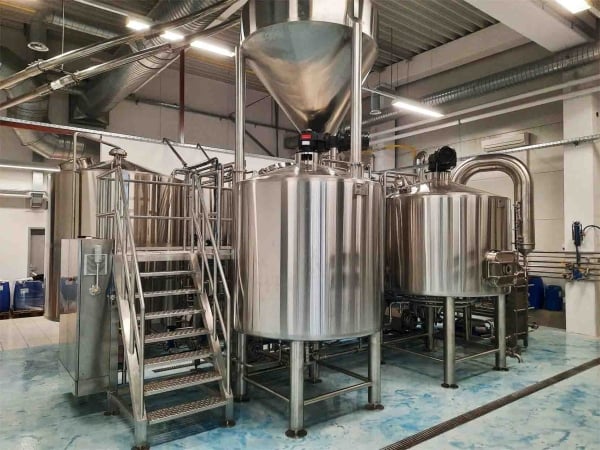Best Stainless Fermenters for Homebrewing
What is a Stainless Fermenter?
A stainless steel fermenter is a vessel designed for fermentation, primarily used in brewing and winemaking. Made from high-grade stainless steel, it provides an airtight and contamination-free environment for yeast to convert sugars into alcohol. Unlike plastic or glass fermenters, stainless fermenters offer superior durability, corrosion resistance, and ease of cleaning, making them the preferred choice for professional and home brewers.
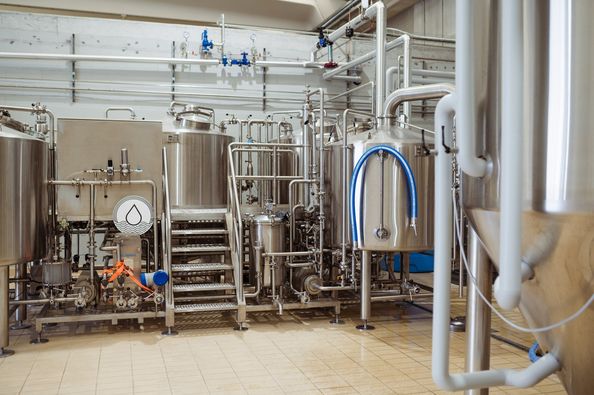
Benefits of Using a Stainless Steel Fermenter
Durability and Longevity
Stainless steel fermenters are built to last. Unlike plastic, which degrades over time, or glass, which can break easily, stainless steel resists wear and tear, offering a long-term brewing solution.
Hygienic and Easy to Clean
With a smooth, non-porous surface, stainless steel does not retain bacteria or odors, unlike plastic fermenters. This makes cleaning and sanitizing much more effective, reducing the risk of contamination.
Temperature Control
Many stainless fermenters come with built-in cooling jackets or temperature-control accessories, allowing precise management of fermentation conditions—critical for brewing high-quality beer or wine.
Airtight Seals and Pressure Capabilities
Unlike plastic fermenters, stainless steel models often feature airtight lids and the ability to ferment under pressure, which enhances carbonation control and prevents oxidation.
Aesthetic Appeal and Professional Use
Let’s be honest—stainless steel fermenters just look better! Their sleek, professional design enhances any brewing setup, making them a favorite among serious brewers.
How to Choose the Best Stainless Fermenter?
Capacity and Batch Size
Consider how much you plan to brew. Home brewers may opt for 5-gallon or 10-gallon fermenters, while commercial brewers might need 30-gallon or larger options.
Features and Accessories
Look for models with built-in thermometers, conical bottoms, racking arms, and sampling ports for easier yeast collection and monitoring.
Build Quality and Materials
Ensure the fermenter is made of 304 or 316 stainless steel, which offers superior corrosion resistance and durability.
Ease of Cleaning and Maintenance
Opt for fermenters with wide openings, removable lids, and CIP (Clean-in-Place) systems for easier cleaning.
Pressure Fermentation Capabilities
If you want to carbonate directly in the fermenter, choose one rated for pressure fermentation (PSI-rated tanks).
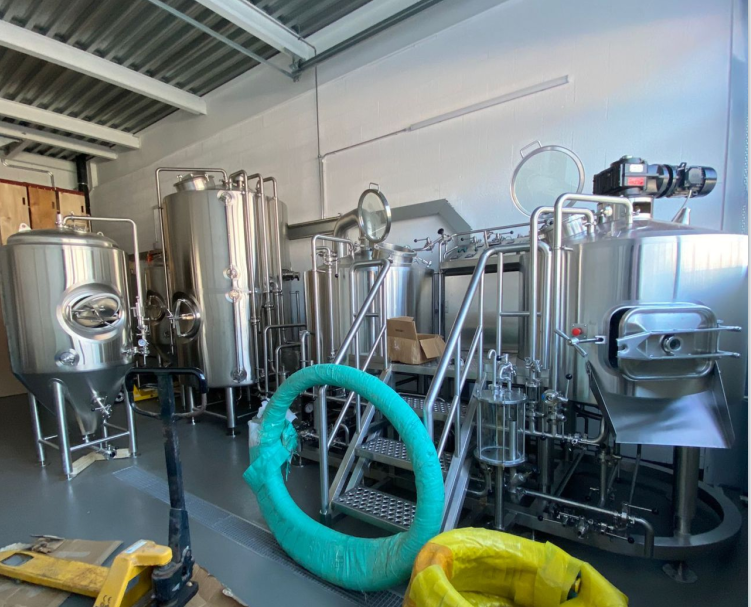
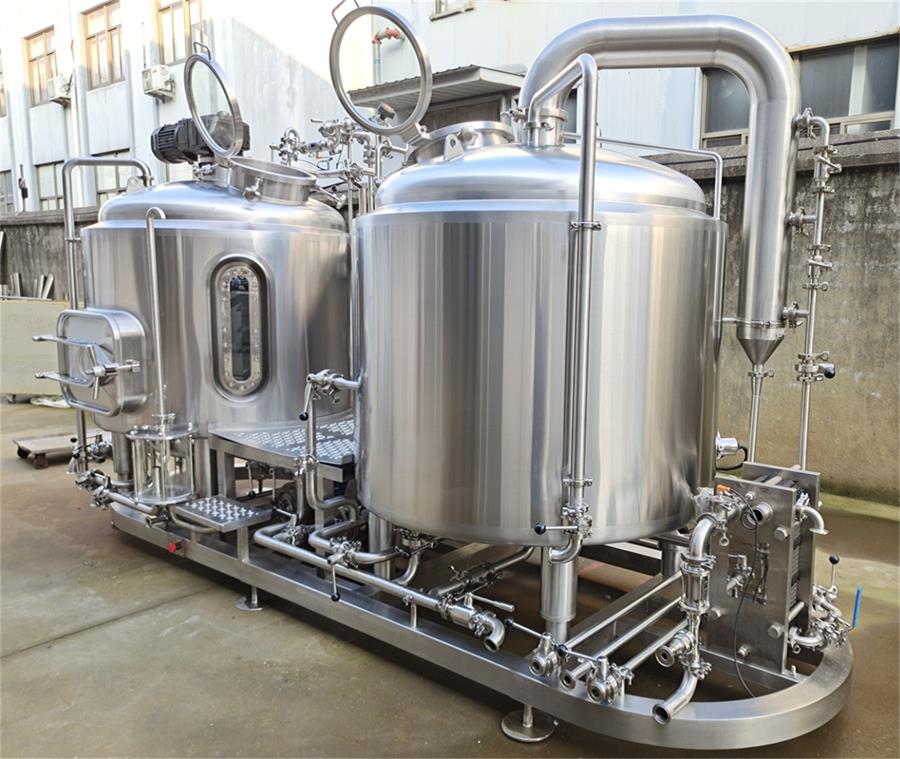


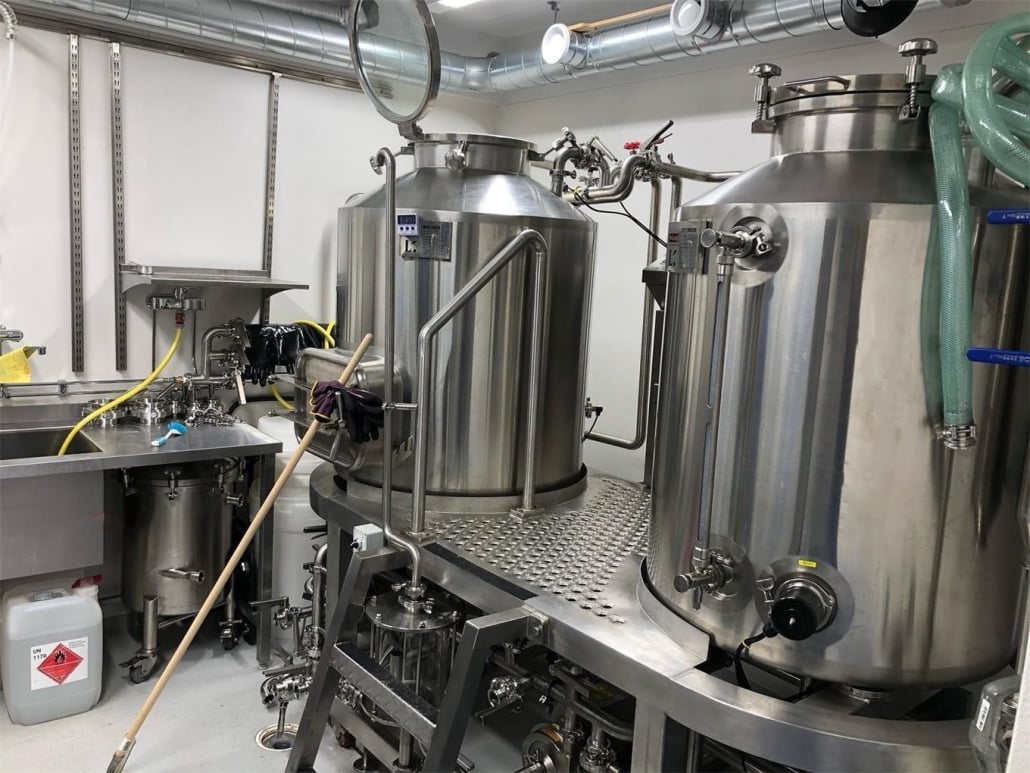
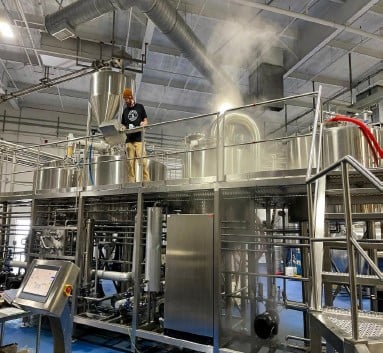
Top 5 Stainless Fermenters in 2025
| Fermenter Model | Capacity | Material | Key Features | Price Range |
|---|---|---|---|---|
| SS BrewTech Chronical | 7 gallons | 304 SS | Conical, Thermowell, Racking Arm | $350 – $450 |
| Spike Conical Unitank | 10 gallons | 304 SS | Pressure Fermentation, CIP | $600 – $750 |
| Blichmann Fermenator | 14 gallons | 304 SS | Rotating Racking Arm, Tri-Clamp | $700 – $900 |
| Grainfather SF70 | 7 gallons | 304 SS | Cylindroconical Design, Thermowell | $500 – $600 |
| BrewBuilt X2 | 14 gallons | 304 SS | Pressurizable, Thermowell | $650 – $800 |
How to Clean and Maintain a Stainless Fermenter?
1. Pre-Cleaning Rinse
Rinse the fermenter with warm water immediately after use to remove residue.
2. Use a Non-Corrosive Cleaner
Apply a brewery-approved cleaner like PBW (Powdered Brewery Wash) and let it sit for 30 minutes.
3. Scrub and Rinse
Use a soft sponge or brush to scrub any remaining residue and rinse thoroughly.
4. Sanitize Before Use
Before each brew, sanitize using Star San or iodophor to eliminate any lingering bacteria.
5. Store Properly
Allow the fermenter to air-dry completely before storing it in a clean, dry place to prevent mold growth.
How Much Does a Good Stainless Fermenter Cost?
The price of stainless fermenters varies based on size, features, and brand.
| Fermenter Type | Capacity | Price Range |
|---|---|---|
| Entry-Level | 5 – 7 gallons | $200 – $400 |
| Mid-Range | 10 – 14 gallons | $500 – $900 |
| Professional Grade | 15+ gallons | $1,000+ |
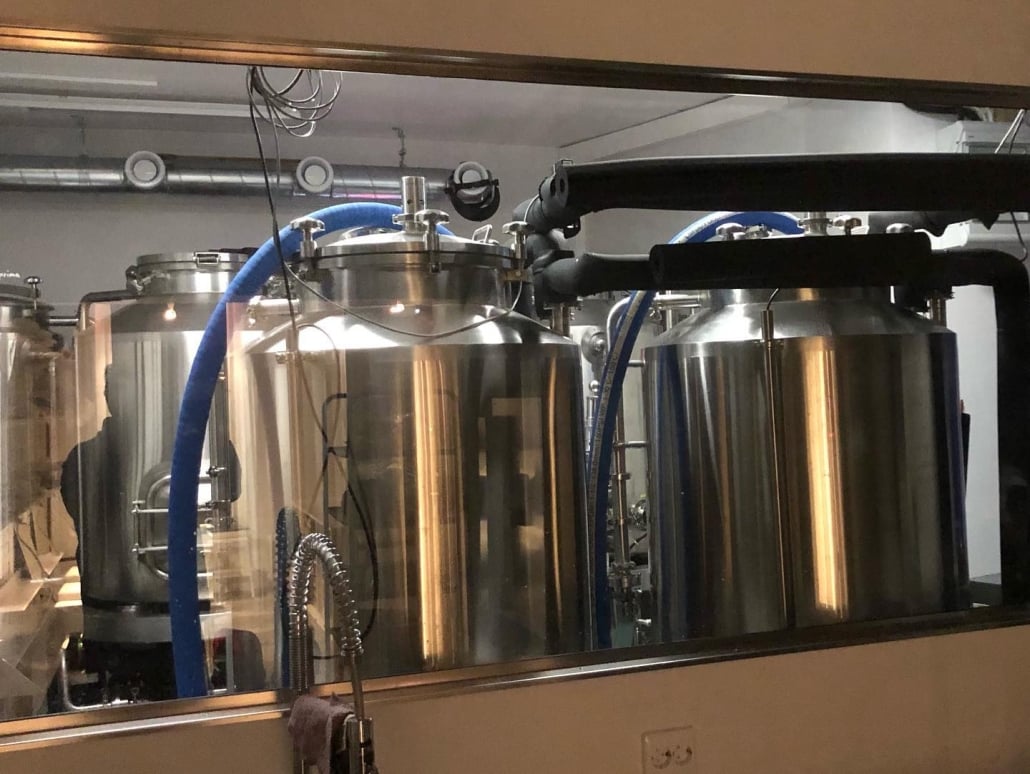
FAQ
| Question | Answer |
|---|---|
| What size stainless fermenter should I buy? | It depends on your batch size. Homebrewers often use 7 to 10-gallon fermenters, while commercial brewers need larger tanks. |
| Is stainless steel better than plastic for fermenting? | Yes, stainless steel is more durable, easier to clean, and prevents contamination better than plastic. |
| Can I ferment under pressure in a stainless fermenter? | Yes, but ensure your fermenter is rated for pressure fermentation to avoid damage. |
| How do I prevent oxidation in a stainless fermenter? | Use airtight seals, CO2 purging, and pressure fermentation to minimize oxidation risk. |
| Do stainless steel fermenters require special cleaning? | They should be cleaned with non-corrosive cleaners and sanitized before each use. Avoid bleach to prevent surface damage. |
Share this entry
Interested in learning more about Brewing Systems including additional details and pricing information? Please use the form below to contact us!
YOLONG BREWERY EQUIPMENT FAQS
- Commercial Brewery / Craft Brewery / Microbrewery / Nanobrewery
- What is The Difference Between Craft Beer and Industrial Beer?
- The Bespoke Differences In Custom Brewing Systems
- Everything You Need to Know About Kettle Souring
- How to Choose Brewing Equipment for Your business?
- How To Choose The-Best Partner To Build Your Commercial Microbrewing System?
- Two Detection Sensors That You Need To Use In Your Brewhouse System
- Remote Control Applications in Brewing Equipment/How does it work?
- How To Clean Your Brand New Brewery Tanks?

